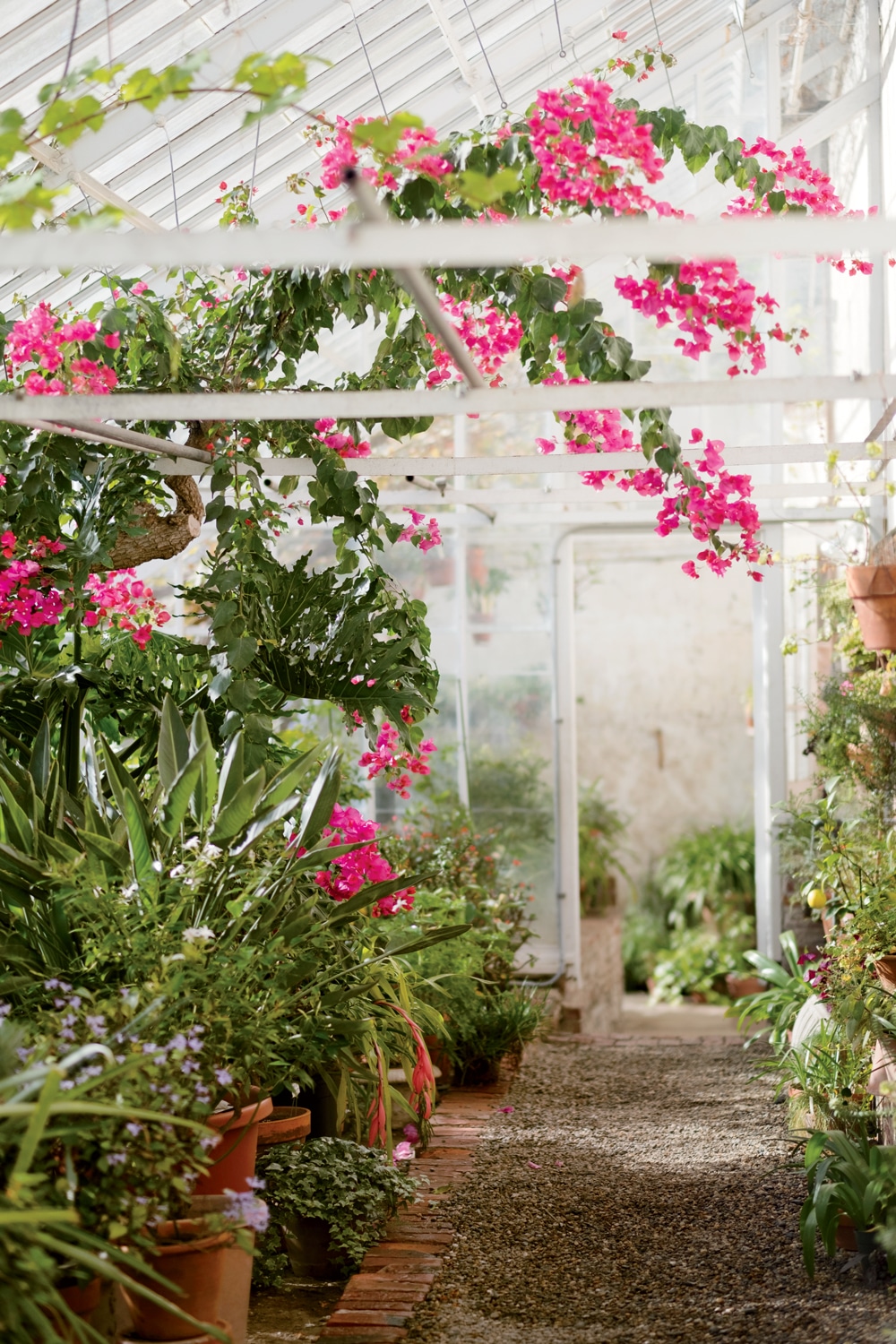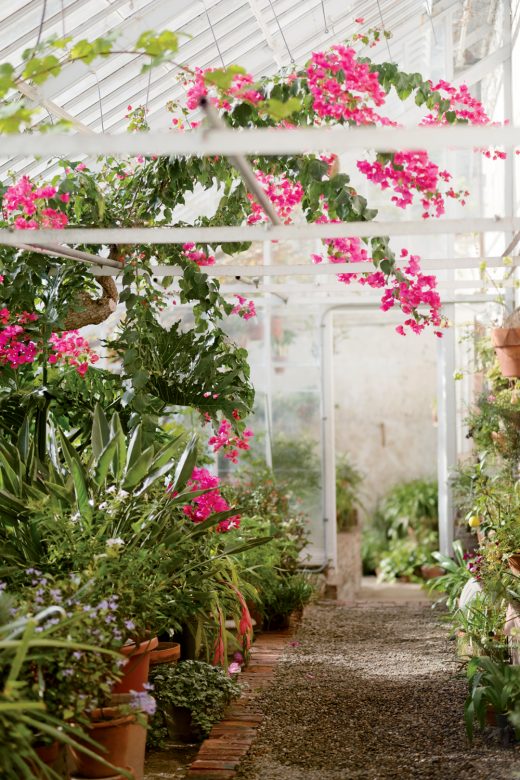Best 5 Indoor Garden Escapes
Sheltered and lush, these New England indoor gardens will banish the last of your winter blahs.

Though springtime is finally in sight, for some of us it just can’t come soon enough. When the last of the snow is gone—or likely even weeks before that happens—we start yearning for everything to be green and warm again. Luckily, instant gratification can be had at our favorite year-round gardens under glass, which offer a taste of spring long before New England thaws enough for the first brave daffodils to emerge.

Photo Credit : Heather Marcus
Best 5 New England Indoor Garden Escapes
Dartmouth College Life Sciences GreenhouseHanover, New Hampshire
When this greenhouse’s most famous inhabitant—a gargantuan corpse flower nicknamed “Morphy”—comes into bloom, as it does every half dozen years or so, thousands turn out to experience its notorious stench. Although Morphy is back under the radar until 2021 or 2022, a dose of summer can be had every weekday at this handicapped-accessible teaching facility filled with 1,000 different orchids and 600 or so tropical, subtropical, and succulent plants. Labels reveal more than just the plants’ IDs, as curator and manager Kim DeLong is passionate about digging into their beneficial uses, too. Feel like lingering awhile? You can even “picnic” in the foliage-filled multipurpose room.
Hyatt Regency Greenwich Garden AtriumOld Greenwich, Connecticut
If the world has seemed a bit monochromatic for too many months, you can enjoy a more tropical palette while nibbling poached shrimp and sipping a melon mai tai beside a waterfall—all without leaving New England. In this four-story hotel lobby, where enormous presses cranked out Glamour and Vogue back when Condé Nast was based here, 50-foot ficus trees have thrived since they were planted about 35 years ago. The Gazebo Bar & Grill and Winfield’s restaurant are both sheltered within this tropical garden, which has nighttime lighting to amp up the romance. Even a simple patch of grass—one of the trickiest crops to grow indoors—is reassurance that winter’s checkout time is near.
Logee’sDanielson, Connecticut
You might call William D. Logee the P.T. Barnum of plants: In 1900, when his nursery business was just eight years old, he bought a Ponderosa lemon tree whose fruits weigh more than most Chihuahuas, and which people still come to see. Wandering the six greenhouses and retail shop at this family-owned exotic-plant purveyor is part scavenger hunt and part free therapy. The begonias alone seem to defy some law of maximum variation, and unusual new plants join the circus—and star in the vibrant Logee’s catalog—season after season.
Lyman Estate GreenhousesWaltham, Massachusetts
The urge to shed layers will hit you almost as quickly as the perfume of jasmine, bougainvillea, and citrus as you close the door of one of America’s oldest greenhouse complexes behind you. Theodore Lyman’s yen to grow tropical fruits was so intense that the first greenhouse (c. 1804) at his Waltham estate was completed even before the ballroom. Newly renovated for better accessibility, the four brick-and-glass structures burst with a variety of living oddities and heirlooms, and plant collectors eagerly purchase horticulturist Lynn Ackerman’s latest propagations. Visit in March to see the 1820 Camellia House’s century-old specimens in radiant bloom.
Roger Williams Park Botanical CenterProvidence, Rhode Island
Koi fish circle in a peaceful pond. Water splish-splashes in fountains. An immense blue agave seems poised to climb out of its bed. Cameras click, and couples kiss … even if they haven’t rented this sunlit sanctuary for their wedding. In short, there’s nothing static about New England’s largest indoor garden, a 23,000-square-foot terrarium that shows off plant life in its myriad forms, from delicate flowers to spiky cacti to pest-eating carnivorous species. Frequent public events include talks on gardening topics and opportunities to create in this inspiring space.
Kim Knox Beckius
Kim Knox Beckius is Yankee Magazine's Travel & Branded Content Editor. A longtime freelance writer/photographer and Yankee contributing editor based in Connecticut, she has explored every corner of the region while writing six books on travel in the Northeast and contributing updates to New England guidebooks published by Fodor's, Frommer's, and Michelin. For more than 20 years, Kim served as New England Travel Expert for TripSavvy (formerly About.com). She is a member of the Society of American Travel Writers (SATW) and is frequently called on by the media to discuss New England travel and events. She is likely the only person who has hugged both Art Garfunkel and a baby moose.
More by Kim Knox Beckius

